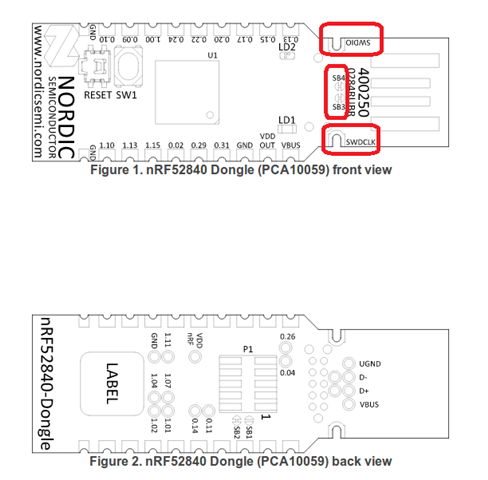I have 3 Nordic nrf52840 USB dongles, several Particle Mesh Argons and have ordered an Arduino Nano 33 BLE Sense and have found the Adafruit Feather nRF52840 Express. All of these boards use the Nordic nRF 52840 SOC but the last three cannot be programmed using the "NRF Connect for Desktop".
I would like to be able to program these boards with one consistent method and the NRF Connect For Desktop would be the best approach. I get that it is not Nordic's responsibility to spend time to connect these products, but perhaps they could direct me to some possible solutions. Each of these boards have different strengths: The Nordic board is inexpensive, the Nano 33 BLE Sense has many sensors on board, the Particle Argon has built in Wifi, the Adafruit board allows CircuitPython.
If anyone can connect these boards, it would be the technicians at Nordic. Does anyone have any suggestions? I can generate a .hex file but how do I get it onto the boards. Is there any bootloaders that might work on all three? Can that bootloader be loaded using only the USB connection? I do not want to use a JTAG connection.
The advantage to Nordic is that a large BLE network could have many Nordic boards, but could also have some of these specialty boards when needed. Being able to switch between the different platforms would also be very useful.


